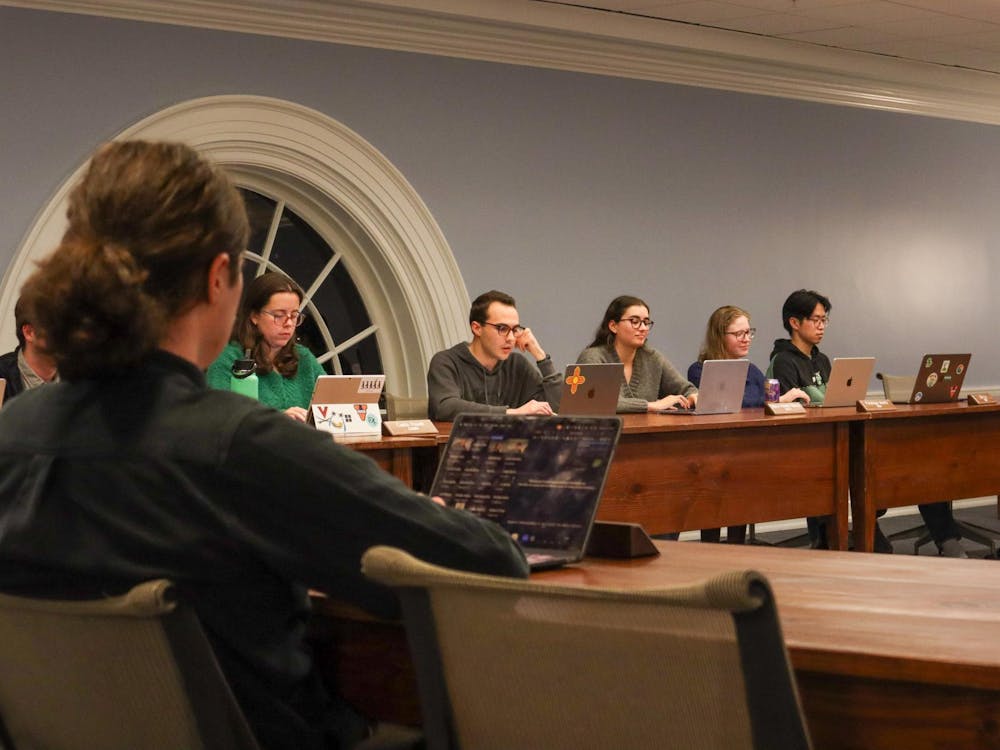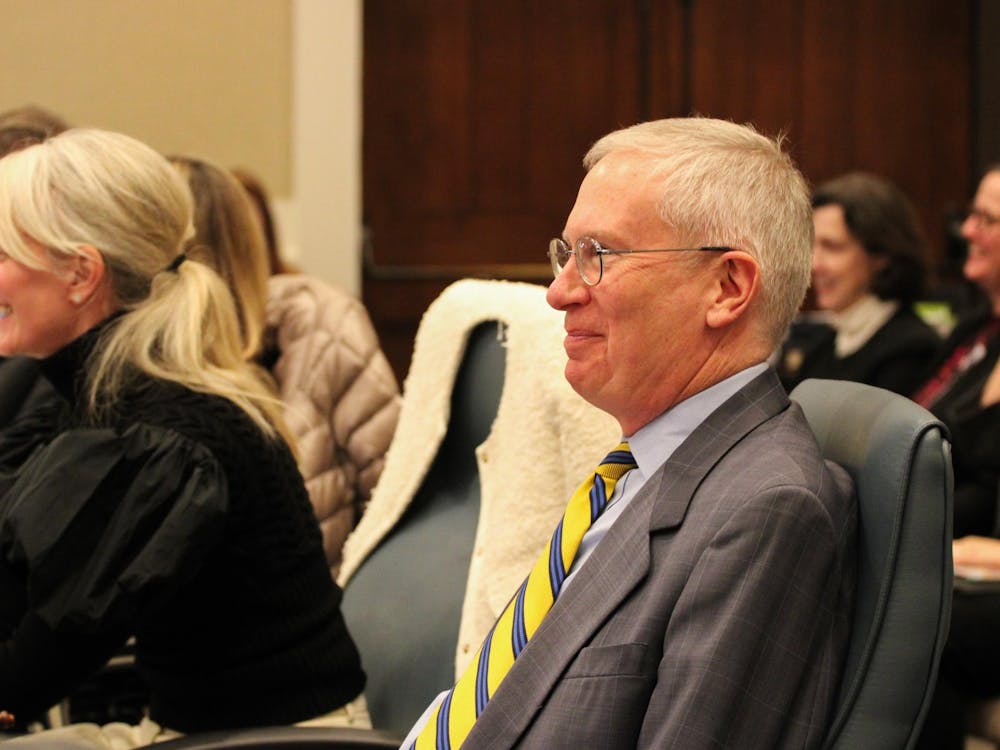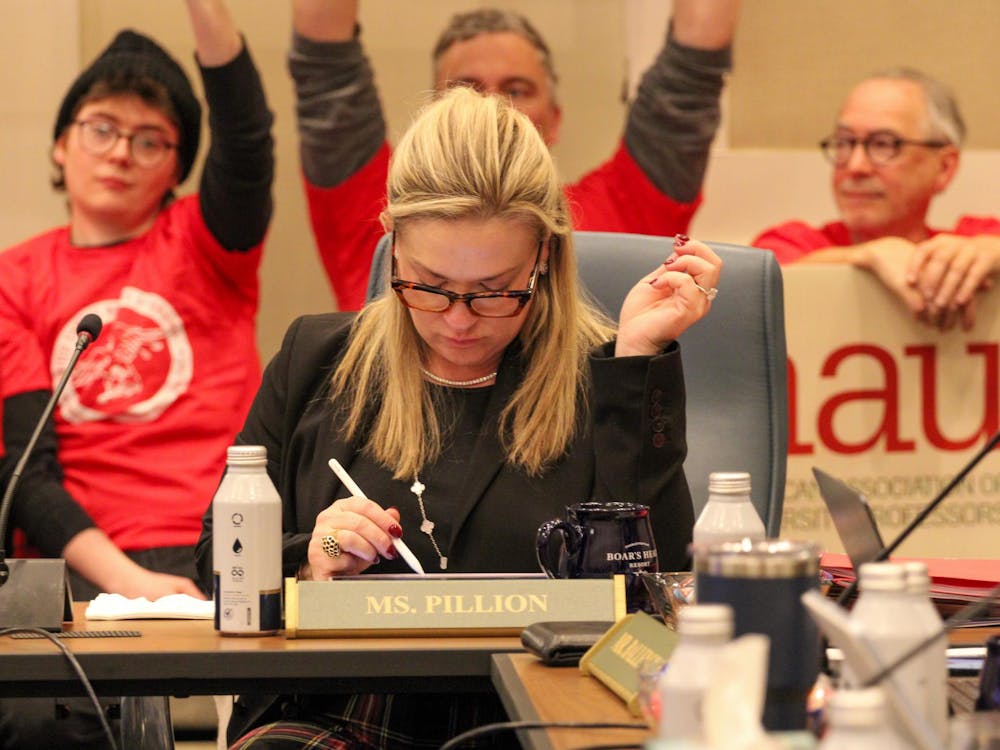For the majority of its history, the University has neither possessed nor sought a diverse faculty.
Built by slaves, Thomas Jefferson's experiment for the "respectable enlightenment...of the whole people," did not begin admitting black students until 1950.
The University did not hire its first black faculty member until Curry School Prof. Nathan Johnson in 1968.
While the University in recent years has received accolades for its high minority student admission and graduation rates, it does not boast a similarly high number of minority faculty members.
Based on statistics gathered last fall by the Office of Institutional Assessment and Studies, of the University's 2,695 full-time faculty members, 329 are black, Hispanic, Asian or non-resident and many minority faculty members are concentrated in non-academic departments.
"Last fall we had 110 full-time African-American faculty and 49 of them are in administrative departments," OIAS Director George Stovall said.
This leads to low levels of minority faculty representation in virtually every academic department.
According to Stovall, there are 61 full-time black faculty members, an average of fewer than one per academic department.
Because the minority faculty population is so small University-wide it is difficult to compare between departments, Stovall said.
"[One or two faculty members] looks like a high percentage compared to zero," he said.
According to the Journal of Blacks in Higher Education, the overall percentage of black faculty at the University has dropped over the past five years.
For many departments seeking to remedy this imbalance, the quest to diversify faculty can be aided by the University Office of Equal Opportunity Programs, EOP interim director Brad Holland said.
When University departments have positions to fill, the EOP examines their advertising and search plans to ensure that a wide circle of potential candidates are made aware of the opening and that the search and hiring committees are as diverse as possible. The EOP also examines hiring advertisements for exclusionary language.
Holland said he thinks the help the EOP provides to individual departments is "as effective as the hiring official want them to be."
According to Holland results vary from department to department.
"That doesn't mean that every department isn't trying," he added.
A number of factors may be making it difficult for departments to recruit diverse faculty.
Departments having trouble diversifying "might just be dealing with a small pool [of qualified candidates] that's not that diverse in the first place," Holland said. "For instance, the School of Nursing might have a very tough time finding males that they want to teach






